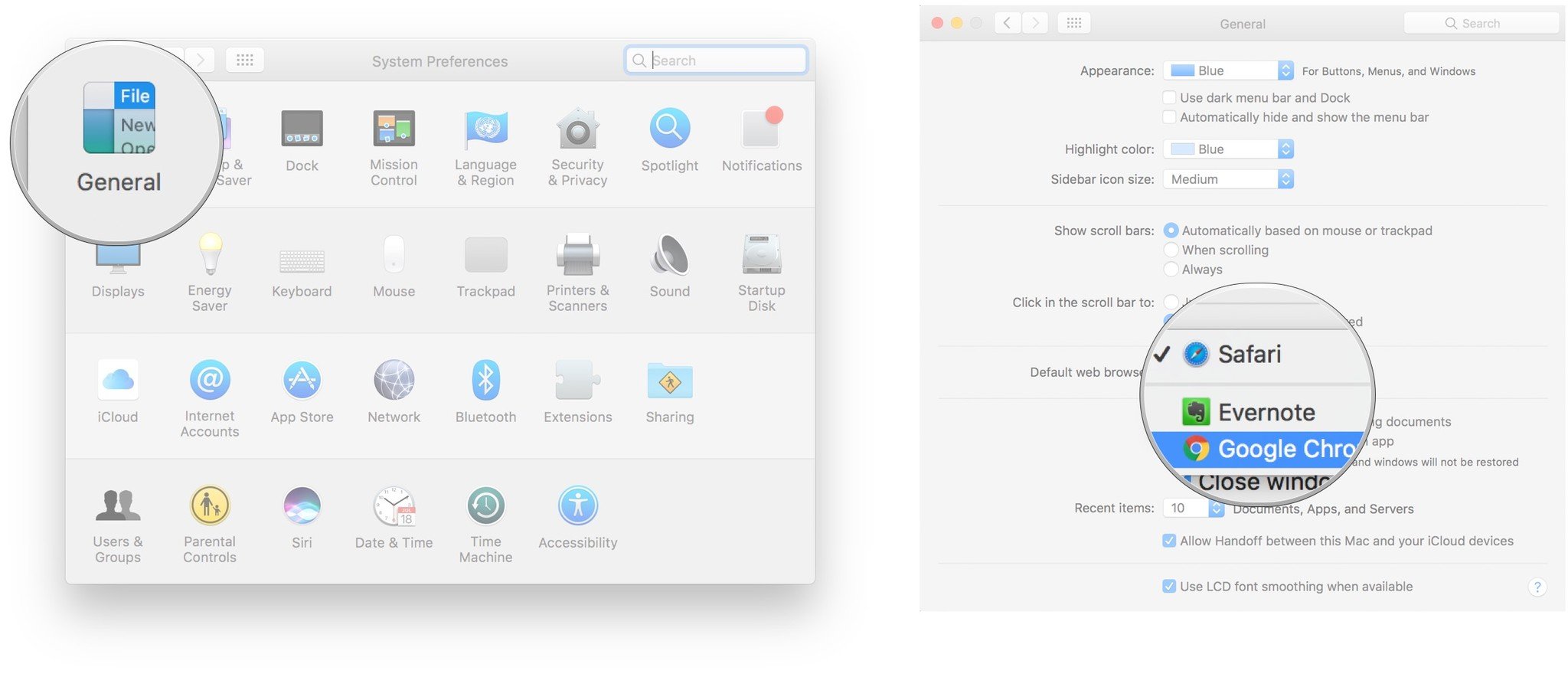

Don’t type in the “$” either, that’s just how I represent the command line prompt, though yours will undoubtedly be a bit different.

Note: As a general convention, I show what you’d type in as bold and the result immediately below it (you’ll see what I mean below). To start, launch Terminal then type in: $ cd ~/Library/Preferences/ There’s a little bit of nerdy fun involved, however, because there’s no handy window that lets you specify the changes, you’re going to have to type things in directly on the command line, which means you’ll need to use Applications > Utilities > Terminal.app. There are, of course, lots of third party solutions too, but honestly, the built-in MacOS X solution is pretty darn nice and works for most all my needs, particularly when you learn that Command-Shift-3 is full screen and Command-Shift-4 lets you click and drag to define the box that becomes the screen capture. You can change where they’re saved, the filename (somewhat) and the output format. Win win, no question about it.įortunately it’s not too difficult to tweak and fine tune what happens when you take a screen capture on your Mac system. And your SEO pal is correct: smaller files are faster and faster sites gain the boon of higher search ranking.
#What is the default file type for a screenshot mac how to
Mac, Windows, Linux, Android, you name the OS, I’ve figured out how to get a screenshot from the system. As you might expect with my Web site theme of computer tutorials, I have taken tens of thousands of screen captures over the years.


 0 kommentar(er)
0 kommentar(er)
